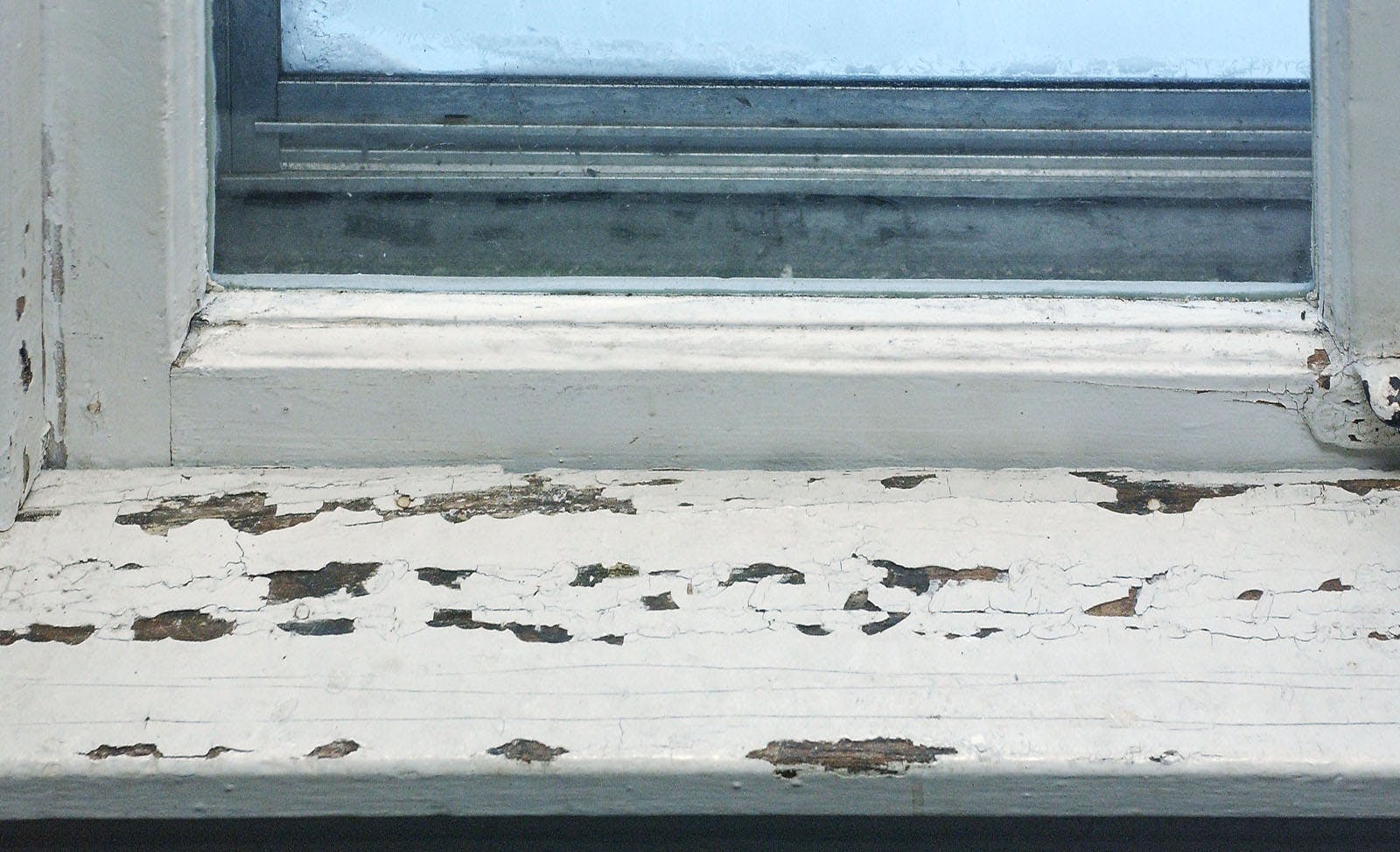Data Sources
Citation: Centers for Disease Control and Delaware Department of Health and Social Services. Healthy Homes and Lead Poisoning Surveillance System. 2011-2020. https://myhealthycommunity.dhss.delaware.gov/
Selected location:
What is lead poisoning?
Lead is a toxic metal that can harm the body, especially in young children and infants. Common sources of lead exposure include lead-based paint, contaminated soil, and certain consumer products. Symptoms of lead poisoning can include abdominal pain, headaches, and developmental delays. It is important to take steps to prevent lead exposure, especially in young children, as it can cause long-term health problems.

Census Tract 114
Protecting children from exposure to lead is important to lifelong good health. No safe blood lead level in children has been identified. Even low levels of lead in blood have been shown to negatively affect a child's intelligence, ability to pay attention, and academic achievement. A blood lead test is the best way to determine if a child has lead poisoning. A child with lead poisoning may not have visible signs or symptoms. Many children who have lead poisoning look and act healthy. Parents can talk to their child's healthcare provider about getting a blood lead test if their child may have been exposed to lead.
Parents should talk to their child's healthcare provider about whether their child needs to be tested for lead. The child's healthcare provider may ask questions to see if the child is at risk for lead poisoning. The best way to know if a child has been exposed to lead is to have their blood tested.

Census Tract 114
Across the United States, there are a variety of childhood lead exposure sources and risk factors.
Those who live in housing built before 1978 are at the greatest risk of lead exposure. Houses built before 1978, when the use of lead in paint was banned, and houses in low-income areas, many of which have homes built before 1978, are more likely to contain lead-based paint and have pipes, faucets, and plumbing fixtures containing lead. Also, African Americans are at a higher risk of lead exposure due to systemic racism leading to poor housing stock.
Children less than six years old are at a higher risk of lead exposure. This is because their bodies are rapidly developing and more susceptible to taking in lead if exposed. Young children also tend to put their hands or other objects into their mouths. This is why the most common source of lead exposure in young children is lead dust that they swallow after placing their lead-contaminated hands or other objects in their mouths.

Census Tract 114
Older housing stock, particularly homes built before 1978 when lead-based paint was banned, represents a significant source of lead exposure risk. Children living in older homes are at higher risk of lead poisoning from deteriorating lead-based paint, contaminated dust, and soil.
This map shows the relationship between housing age and lead testing coverage across census tracts. Areas with older housing stock and lower testing rates (bottom left quadrant) may benefit from increased testing outreach and prevention efforts.

Census Tract 114
Identifying communities at increased risk of lead exposure can help target outreach and testing efforts. The Social Vulnerability Index (SVI) is one way to identify these vulnerable communities.
This map overlays community vulnerability (SVI scores) with lead testing coverage to help identify areas where increased testing may be needed. Communities in the lower left quadrant have higher vulnerability and lower testing rates, indicating potential priority areas for increased lead testing outreach.

Lead in Census Tract 114
Delaware Childhood Lead Poisoning Advisory Committee
The Delaware Childhood Lead Poisoning Advisory Committee has produced an annual report with recommendations to strengthen implementation of the Childhood Lead Poisoning Prevention Act.
HUD, in cooperation with the EPA, surveyed homes in the U.S. to evaluate the presence of lead-based paint and lead-based paint hazards (such as lead-contaminated dust or soil).
CDC Lead Poisoning Prevention Program
CDC’s Childhood Lead Poisoning Prevention Program is dedicated to reducing childhood lead poisoning as a public health problem through strengthening blood lead testing, reporting, and surveillance, linking exposed children to recommended services, and targeted population-based interventions.
Lead Abatement Information for Delaware contractors
Delaware law requires contractors that disturb painted surfaces in homes, child care facilities and schools built before 1978 to be certified and follow specific work practices to prevent lead contamination.
Citation: Centers for Disease Control and Delaware Department of Health and Social Services. Healthy Homes and Lead Poisoning Surveillance System. 2011-2020. https://myhealthycommunity.dhss.delaware.gov/
In releasing this information, Delaware aims to provide information that can be helpful to local communities as they work to improve public health. However, the protection of the confidentiality of our citizens is of paramount importance. To that end, counts of less than 11 are not presented. An outside expert has reviewed the platform to ensure it complies with the HIPAA privacy rule (45 CFR 164.§514(b)).
Selected location:
Children Tested (Percent)
The percentage for Children Tested is 0.0% percentage of children under 6.
Children Tested (Count)
2006 - 2010
153 people in Census Tract 114 were tested for lead poisoning.
These data explore risk factors associated with increased lead exposure related to housing such as housing age, property value, and renter occupied rates. The prevalence of lead-based paint and lead-based paint hazards increases with the age of the housing; nationwide, more than 93 percent of all homes with lead-based paint were built before 1978, and 85.4 percent of homes with LBP were built before 1940.
Data from the Delaware Division of Public Health show that 60-65% of children with elevated blood lead levels reside in renter-occupied homes. 57% of rental homes in Delaware were built before 1979, and 17% before 1950. Delaware's rental housing stock is oldest in New Castle County, where 68% of rental homes were built before 1978 and 20% before 1950.

Percent of housing units built prior to 1970
2023
Data loading for chart...
The Percent of housing units built prior to 1970 in Census Tract 114 is 80.2 percent.
Percent Renters
2021
Data loading for chart...
11.5 percent of residents in Census Tract 114 report living in a renter-occupied unit.
These data explore risk factors associated with increased lead exposure related to access to resources such as income, health insurance enrollment, and poverty rate. Houses in low-income areas, many of which have homes built before 1978, are more likely to contain lead-based paint and have pipes, faucets, and plumbing fixtures containing lead.

Indicator | Census Tract 114 | % Change | Trendline | State |
|---|---|---|---|---|
Health Insurance Coverage percentage of residents | 95.3% (2021) | Decreased 1%(2016 to 2021) | Data loading for chart... | 94.2% |
Median Household Income amount in dollars | $160,119 (2023) | Increased 48%(2018 to 2023) | Data loading for chart... | $82,855 |
Child Poverty Rate percentage of children | 0.0% (2021) | Decreased 100%(2016 to 2021) | Data loading for chart... | 17.3% |
Values marked with
indicate there is insufficient data to respect the privacy of citizens.